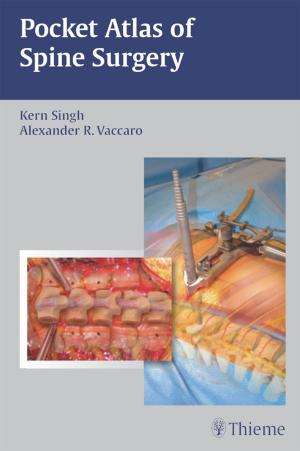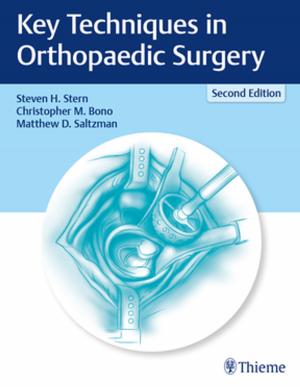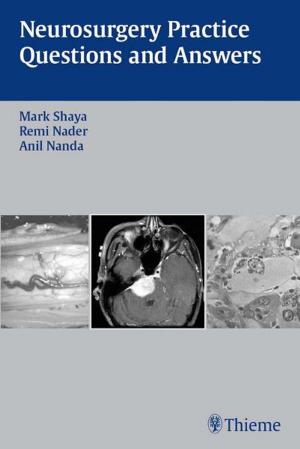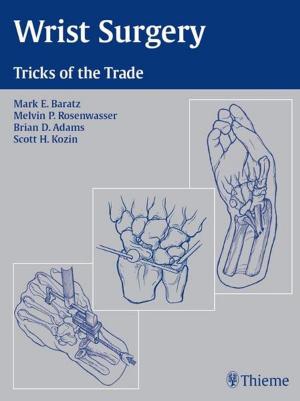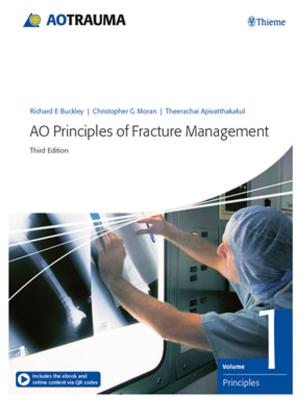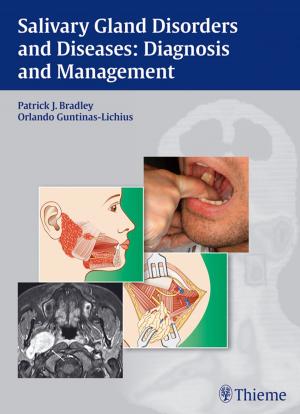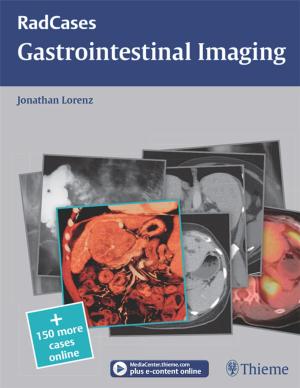Microelectrode Recording in Movement Disorder Surgery
Nonfiction, Health & Well Being, Medical, Surgery, Neurosurgery| Author: | ISBN: | 9781604065077 | |
| Publisher: | Thieme | Publication: | January 1, 2011 |
| Imprint: | Thieme | Language: | English |
| Author: | |
| ISBN: | 9781604065077 |
| Publisher: | Thieme |
| Publication: | January 1, 2011 |
| Imprint: | Thieme |
| Language: | English |
As movement disorder surgery advances and becomes more commonplace, the need for accurate physiological localizing data- optimally achieved through extracellular microelectrode recording- is more critical than ever. However, this complex technique carries a high learning curve and most neurosurgeons have little training in the field.Here is the first book to provide a comprehensive overview of the art of microelectrode recording in movement disorders surgery, offering a solid understanding of the basics, as well as much useful clinical information for experienced practitioners. Key features:-Examines the scientific basis and background of microrecording, types of results one can expect, controversies, avenues for research, and probable directions for future development-Valuable ''how-to-get-started'' guide to commercial systems-Clearly details principles and techniques for data analysis, signal processing and pattern recognition, target selection, and other critical issues-All topics have been evaluated and reviewed by leading experts in the field Tackling all important points in microelectrode recording, this book will sharpen your knowledge of the science and clinical application of the increasingly important technique. For neurosurgeons, neurologists, and neurophysiologists undertaking complex movement disorder procedures, this book is a must.
As movement disorder surgery advances and becomes more commonplace, the need for accurate physiological localizing data- optimally achieved through extracellular microelectrode recording- is more critical than ever. However, this complex technique carries a high learning curve and most neurosurgeons have little training in the field.Here is the first book to provide a comprehensive overview of the art of microelectrode recording in movement disorders surgery, offering a solid understanding of the basics, as well as much useful clinical information for experienced practitioners. Key features:-Examines the scientific basis and background of microrecording, types of results one can expect, controversies, avenues for research, and probable directions for future development-Valuable ''how-to-get-started'' guide to commercial systems-Clearly details principles and techniques for data analysis, signal processing and pattern recognition, target selection, and other critical issues-All topics have been evaluated and reviewed by leading experts in the field Tackling all important points in microelectrode recording, this book will sharpen your knowledge of the science and clinical application of the increasingly important technique. For neurosurgeons, neurologists, and neurophysiologists undertaking complex movement disorder procedures, this book is a must.



